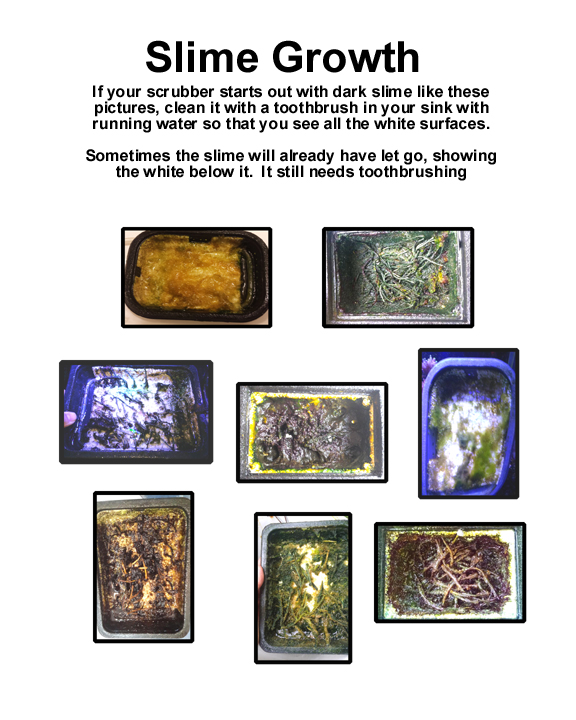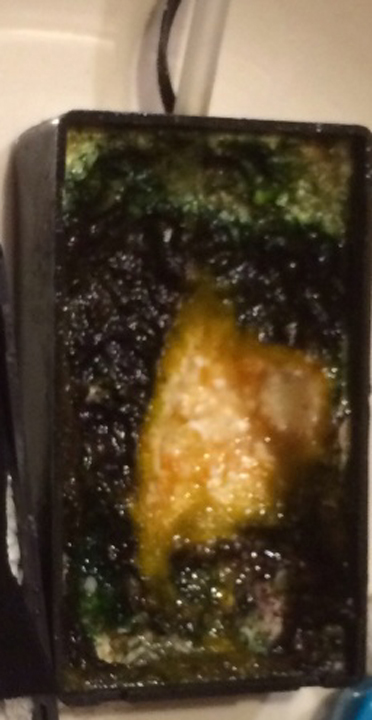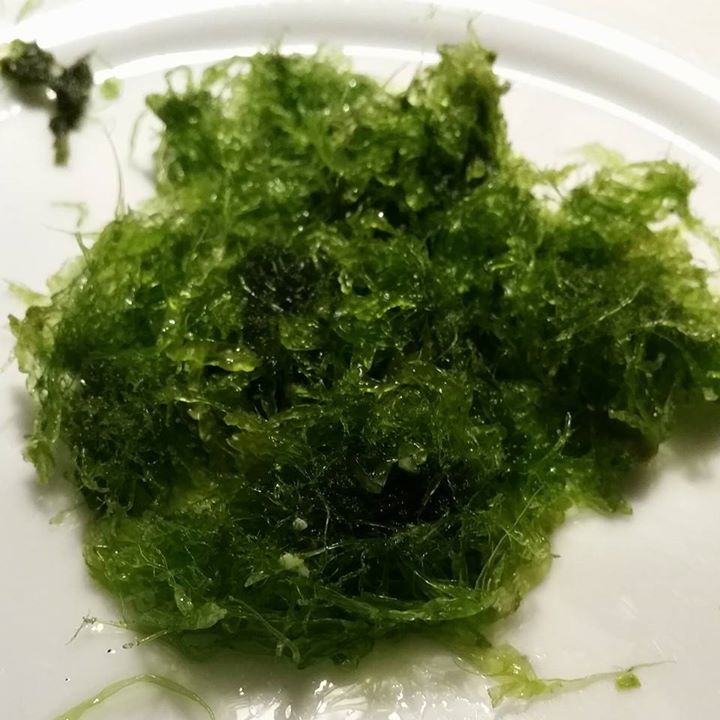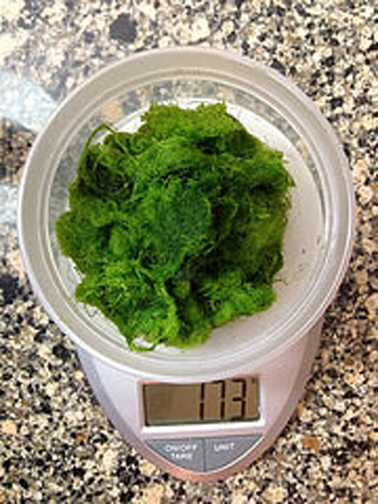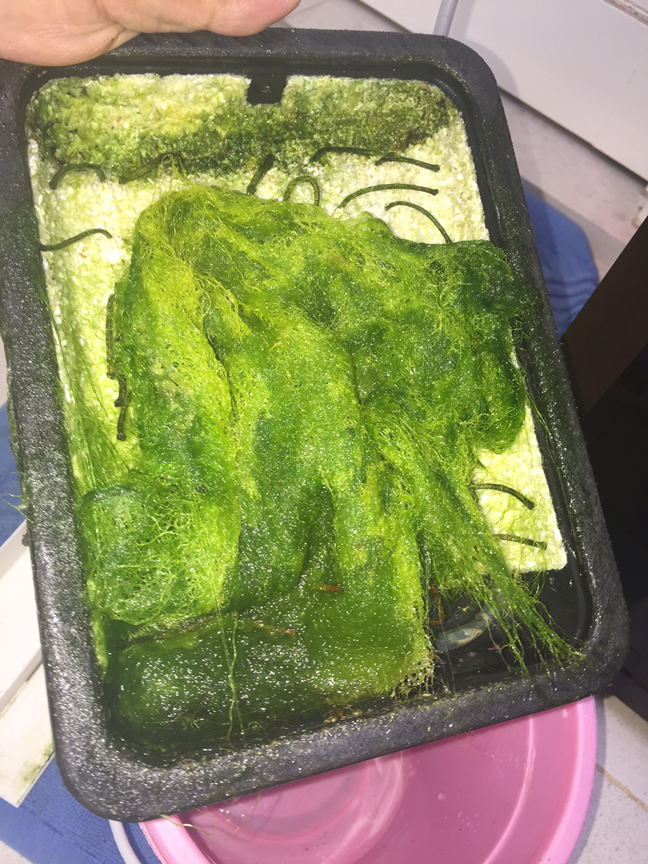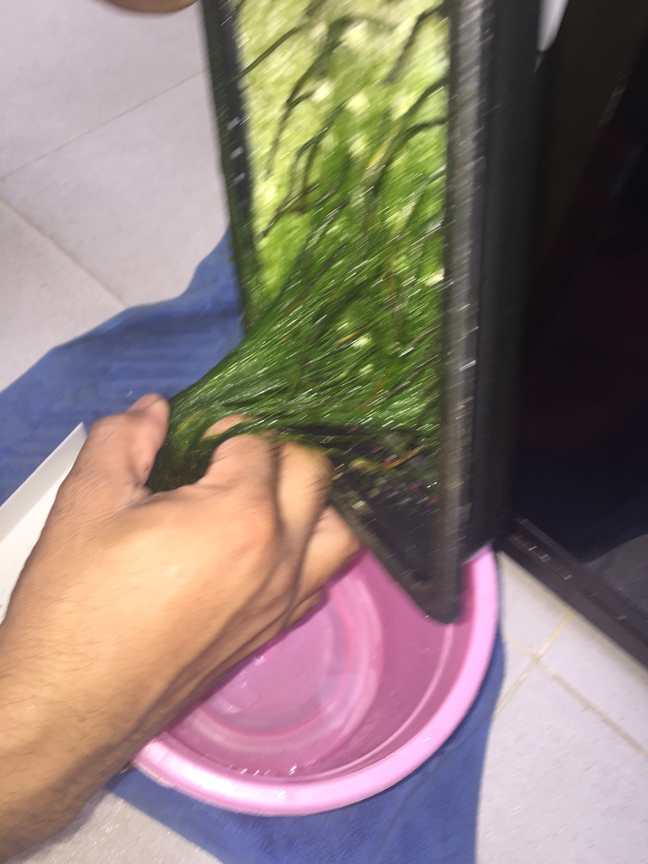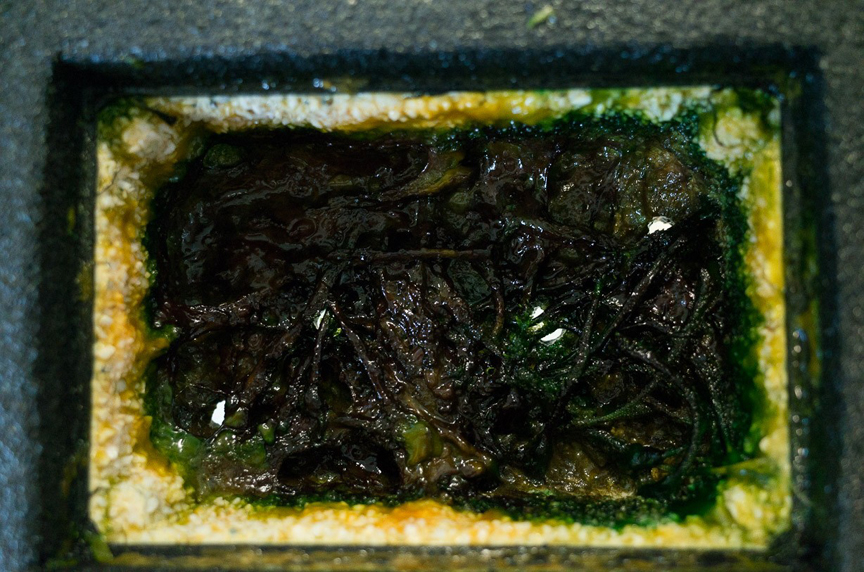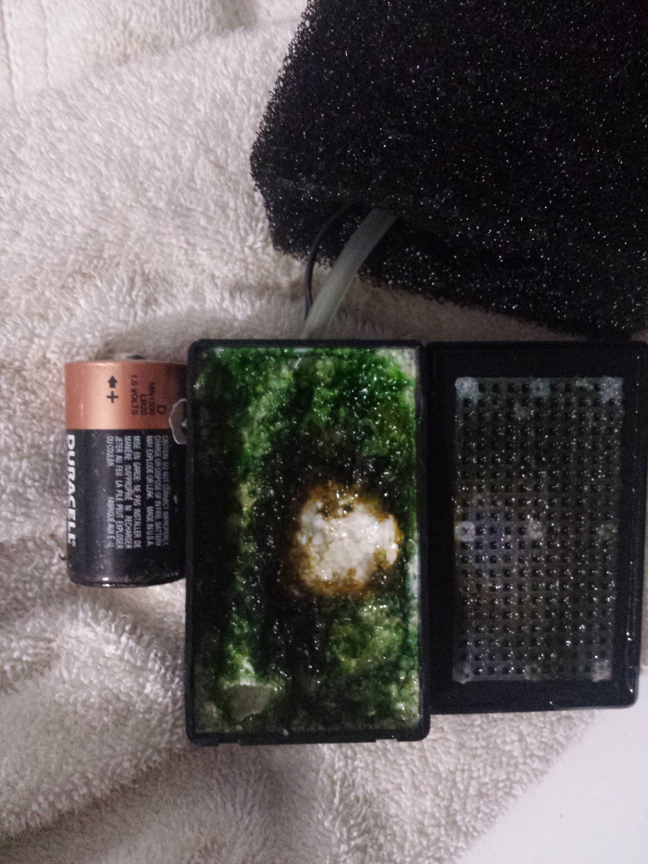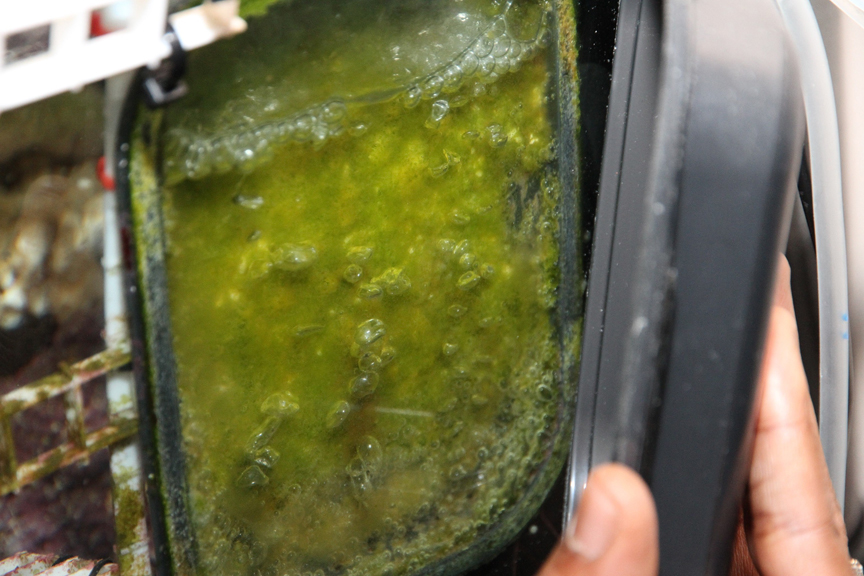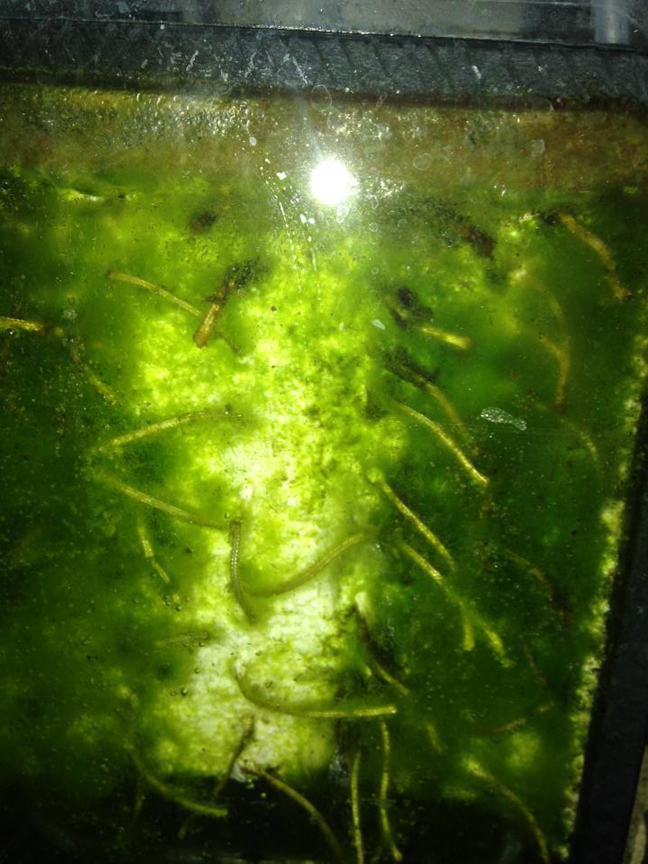Shade cloth:
All new scrubbers which use white growth surfaces should have a black cloth placed over some of the LEDs for the first week or two. Because the all-white interior reflects so much light, when it is new the light levels are way above the highest amount that can grow anything. Once growth starts, the white surfaces get covered with growth and the total light levels drop, and the cloth can be removed. Any cloth, stocking, or t-shirt can work; just don't melt the cloth with hot LEDs
This covering of the lights can be done by anyone, on any scrubber, even waterfalls. Waterfalls use plastic canvas which has more holes than material, and they are not in white compartments, so the light levels when new are not that high. But it still might help if a new screen stays completely empty or had bald spots.
The reason for a white colors, of course, is too allow more light to reach the base of the growth that does the attaching to the surfaces. As the growth gets thicker, the bottom layers will almost be in darkness, so the white surface doubles the light there by reflecting instead of absorbing the light.
Put the shade cloth about 2/3 or 3/4 over the lights; this way you can see which part grows better: the covered, or uncovered.
- C. Smith
All new scrubbers which use white growth surfaces should have a black cloth placed over some of the LEDs for the first week or two. Because the all-white interior reflects so much light, when it is new the light levels are way above the highest amount that can grow anything. Once growth starts, the white surfaces get covered with growth and the total light levels drop, and the cloth can be removed. Any cloth, stocking, or t-shirt can work; just don't melt the cloth with hot LEDs
This covering of the lights can be done by anyone, on any scrubber, even waterfalls. Waterfalls use plastic canvas which has more holes than material, and they are not in white compartments, so the light levels when new are not that high. But it still might help if a new screen stays completely empty or had bald spots.
The reason for a white colors, of course, is too allow more light to reach the base of the growth that does the attaching to the surfaces. As the growth gets thicker, the bottom layers will almost be in darkness, so the white surface doubles the light there by reflecting instead of absorbing the light.
Put the shade cloth about 2/3 or 3/4 over the lights; this way you can see which part grows better: the covered, or uncovered.
- C. Smith


